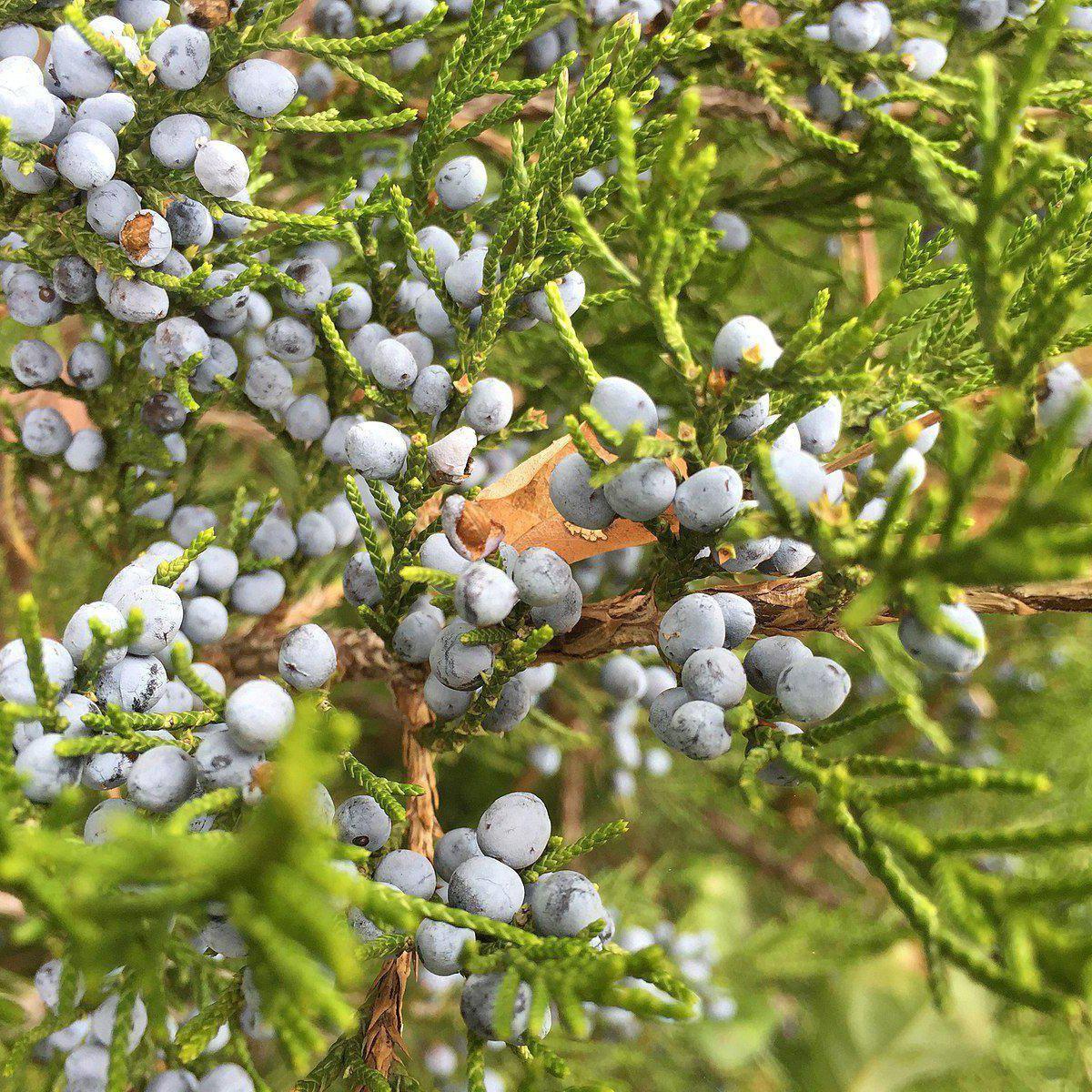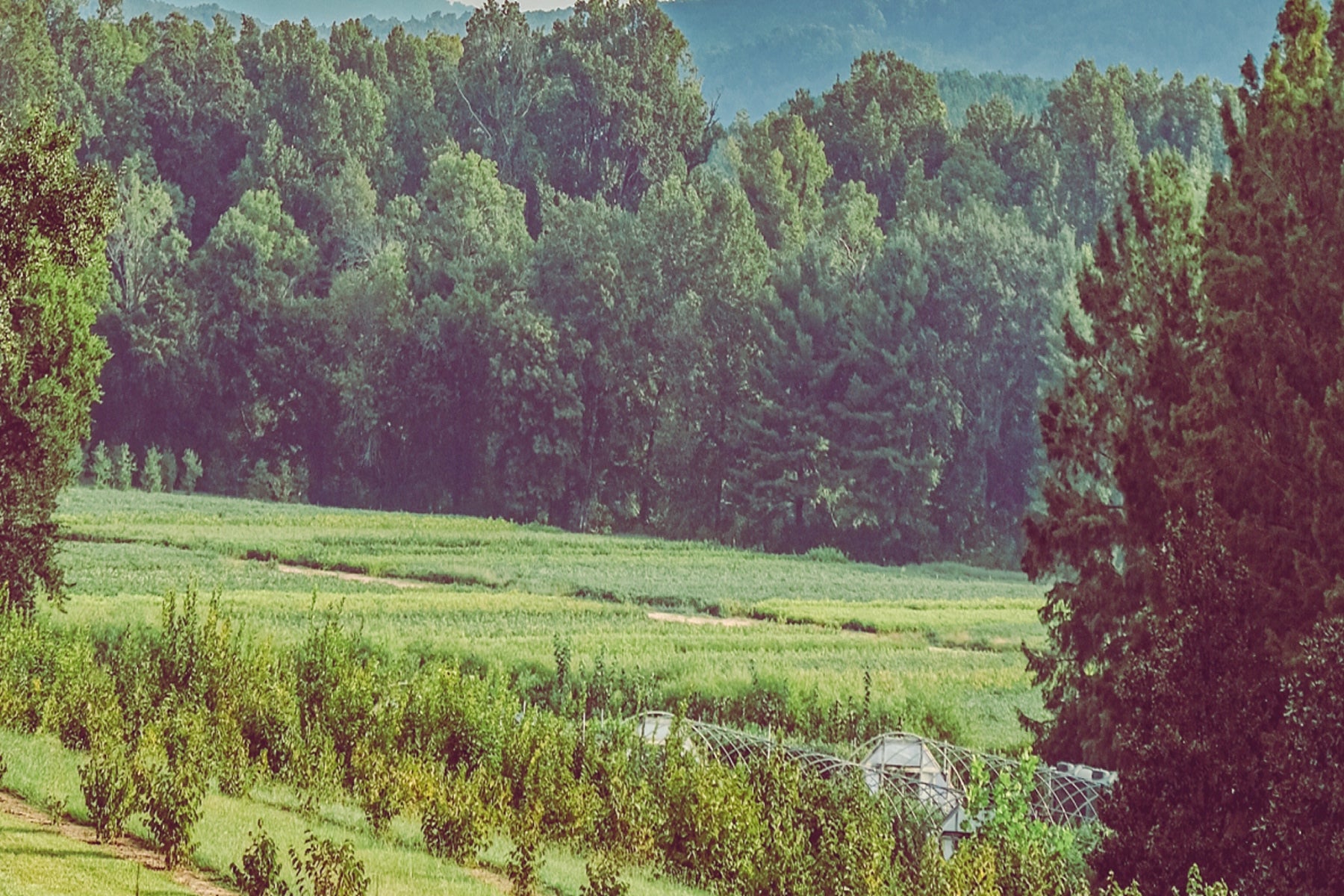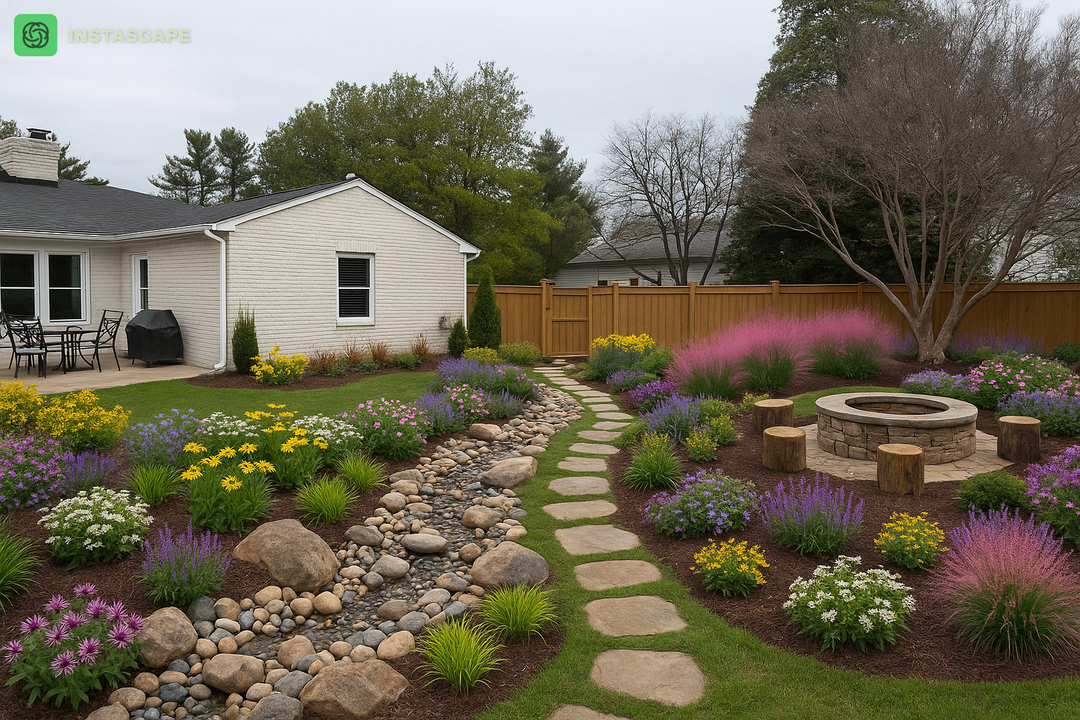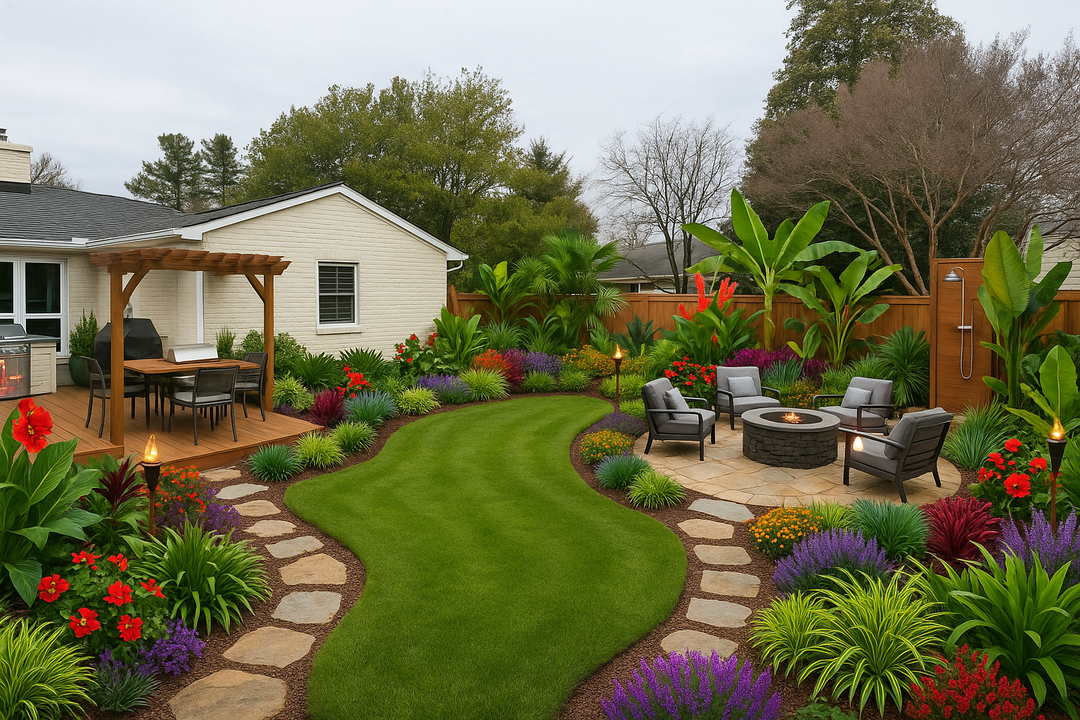Eastern Red Cedar, scientifically known as Juniperus virginiana, is a species of evergreen tree native to eastern North America. Here's some information about Eastern Red Cedar:
-
Appearance: Eastern Red Cedar is a medium-sized tree that can reach heights of up to 40-50 feet. It has a conical or columnar shape with dense, dark green foliage. The bark is reddish-brown and exfoliates in thin strips.
-
Foliage and Berries: The foliage of Eastern Red Cedar consists of scale-like leaves that are arranged in opposite pairs or whorls. The tree is dioecious, meaning it has separate male and female trees. Female trees produce small, bluish-purple berries that are actually cones. These berries are a food source for birds and wildlife.
-
Uses: Eastern Red Cedar has various uses. The wood is highly durable and resistant to decay, making it suitable for outdoor applications like fence posts, decking, and outdoor furniture. It is also used for making cedar chests and closets due to its aromatic properties.
|
Type: |
|
|
Origins: |
Eastern N. America; GA Native |
|
Height: |
30' - 65' |
|
Spread: |
8' - 25' |
|
Spacing: |
15' |
|
USDA Hardiness Zone: |
2 - 9 |
|
Culture: |
|
|
Bloom Color: |
Yellow |
|
Season of Interest: |
MAINTENANCE NEEDS: Low Maintenance. Junipers are generally susceptible to blights, especially in unusually wet weather. Rust and canker may occur, though it is not serious. Potential pests include aphids, bagworms, webworms, and scale.
LANDSCAPE USES: Accents or Group Plantings, Borders, Rock Gardens, Naturalized Areas, Shade Tree, Privacy Screen, Windbreaker.
COMPANION PLANTS: Barberry, Clematis, Rose
Famartin, 2017-10-09 12 36 15 Eastern Red Cedar fruit along Centerview Drive in Chantilly, Fairfax County, Virginia, CC BY-SA 4.0
*ServeScape does not take any responsibility for any adverse effects from the use of plants. Always seek advice from a professional before using a plant medicinally.























































